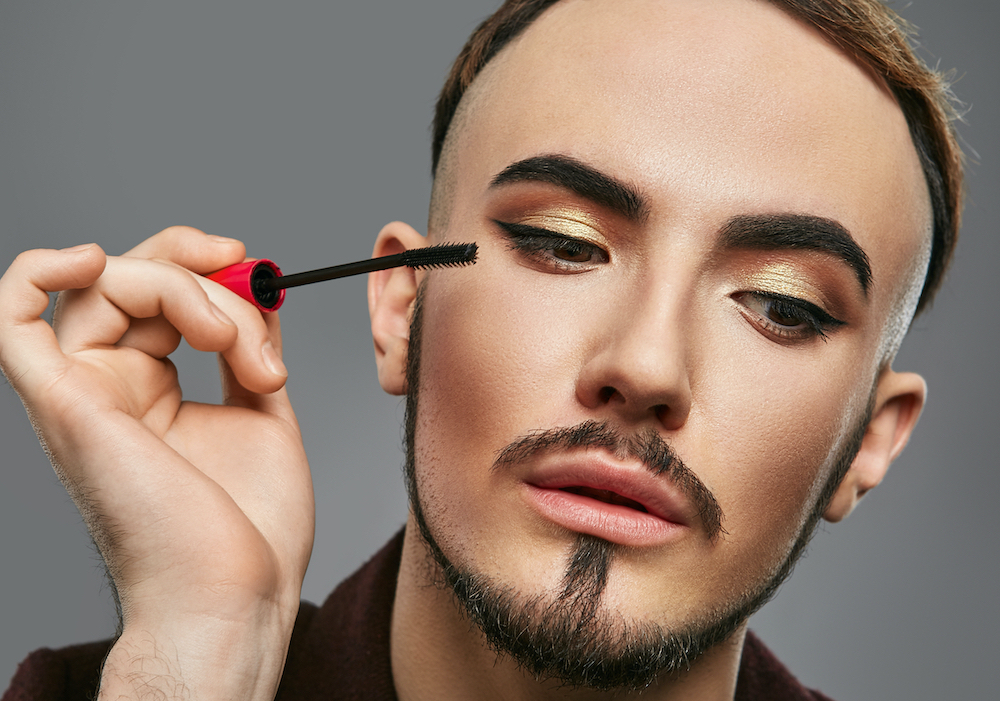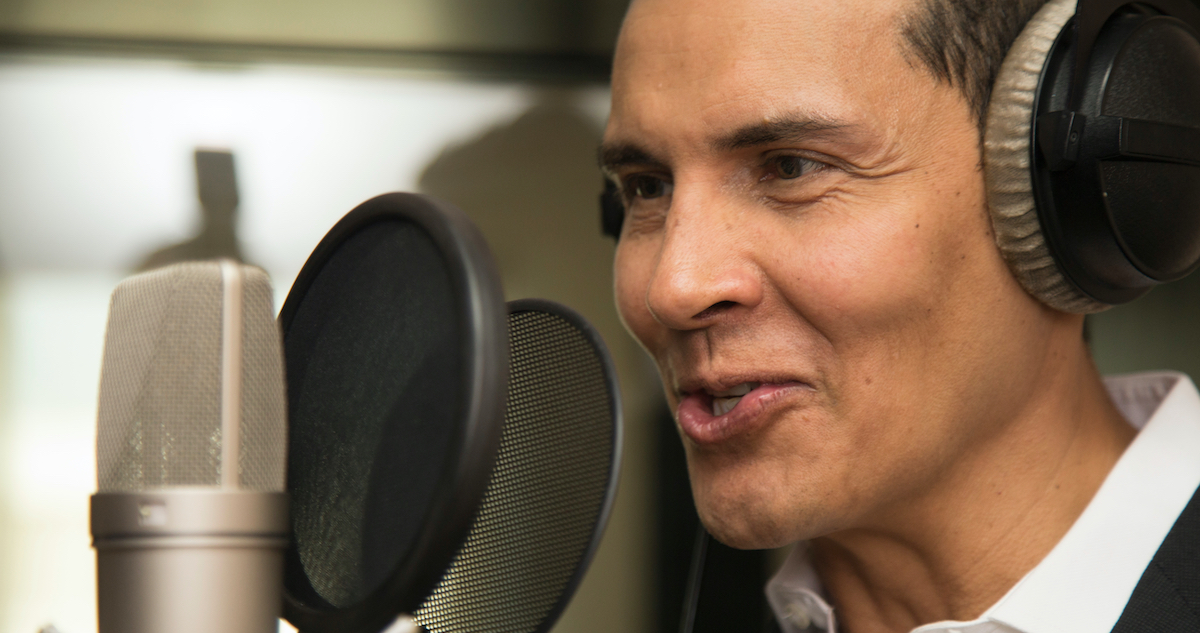The gender debate has raged since time immemorial. It’s thus a no-brainer that the voice over industry reflects practices prevalent in the widely-diverse socioeconomic marketing environments it serves globally.
The benefit of hindsight?
Of course — and with apologies to Bob Dylan — times have been a-changin’. Gender bias is less of a thing today than it used to be.
Or is it?
Some influencers argue that the voice over industry — and virtual voice assistants like Alexa and Siri — perpetuate not only gender bias, but negative stereotypes.
A search on Voice123 reveals that male voice actors are still booking more work than female voice actors. The margin, however, is nowhere near as big as it was five years ago.
“Producers are often guided by market analysis,” says CEO, Rolf Veldman. “Market analysis tends to confirm certain stereotypes when scientific research actually disproves these conclusions. If only men do car commercials, it’s no wonder our reports show that male voices sell better than female voices. It’s a self-fulfilling prophecy. That said, we’re starting to find that younger producers and directors using our platform are leaning more towards the scientific approach. They’re searching for voices that inspire — and sell because of it — regardless of gender. It’s quality first, gender last.”
A matter of tone
The clamor for androgynous-sounding voices is definitely getting louder. There is, in fact, a coalition of activists, linguists, advertisement producers, as well as sound engineers that cooked up what is, apparently, the first truly genderless AI voice for virtual assistants.

The jury is probably still out on what the future holds in this regard.
It’s a simple truth, though, that the voice of the actor you choose to market your product or service will pretty much determine its acceptance by your target market. Choosing the right voice is especially crucial when crafting the brand personality of your product and, inevitably, gender plays a role.
So how do you choose?
Male and female voices do have distinct, distinguishing attributes. Consider having yourself guided by these characteristics rather than gender itself. Pitch, intonation, articulation, and style of speech are all impactful.
As a rule, men tend to speak more forcefully; women more gently and more empathetically. Women vary the pitch of their intonation more than men do and will raise pitch for emphasis. Men rather use volume for the same purpose.
Studies reveal that…
A 2014 study conducted in the USA on vocal attractiveness showed that while the opinions of both sexes correlated, men frequently rated male voices less attractive than women did. Human interaction is complex and vocal attractiveness even more so, the study concluded. Different audiences have different vocal preferences.
In 2010, the Harris Poll found that 48% of respondents thought male voices were more forceful than women’s voices, while 49% were of the opinion that gender made no difference. 46% of respondents felt female voices were more soothing. 19% said female voices were more persuasive while 18% claimed male voices were. There was a general consensus, however, that the respondents were most likely to buy stuff like computers and cars when advertised by male voices.
A global advertising agency creative director we spoke to reckons her company’s customers don’t really care whether a male or female voice actor reads the script as long as it’s read well.
“I’ve actually researched this,” she told us. “You want to sell your product? Keep listening to those voice samples on Voice123 until you find one that engages you because of its trustworthiness. People interested in making a purchase will almost impulsively buy products from someone with a vocal quality that says ‘trust me’. It doesn’t matter whether that voice belongs to a man or a woman.”

The sales equation
If you were to follow that advice, there are only two key variables in the sales equation when choosing a male or female actor to record your script: your audience and your product. Let’s have a look at both.
Your audience
Who is your product or service aimed at? A shotgun-approach is never a good way to find out. Clarity and focus are needed.
It’s been well-established, for example, that younger audiences respond better to female voices because male voices are frequently perceived as domineering and authoritarian. Obviously, this isn’t always the case, but it’s worth keeping in mind.
Remember that much also depends on the content and quality of your script – and the script might dictate which gender would be better suited when addressing your particular audience. Be both sensitive and wary when making your choice.
Your product
Much like the force of habit, it would be foolish not to factor in the power of association before making your final choice. No matter how archetypal it may be, most people will insist that male voice overs work better with certain products. Beer, razors, and gadgets — or any product specifically aimed at men — require a male voice. By the same token, female voice overs work better with products linked to the home, family, fashion, and beauty.
Stereotypes
While most people balk at stereotypes nowadays, many advertising executives will argue they generate significant enough sales in today’s market to matter. Despite that, gender stereotypes recently got banned from British ads by the UK regulator.
Stereotyping and reasoning aside, there are certainly instances when deciding on the gender of the actor to voice your script isn’t a simple choice between the sexes based on product preferences.
When your product homes in on either sex, a non-committal male or female voice could work. The focus should be on the message, not the messenger.
A comprehensive study conducted over a period of 30 years and published in The Journal of Advertising Research discovered that the gender of a voice actor was irrelevant for products that were neutral or aimed at men; gender was far more of an issue when it came to female-oriented products.
The market
“The market must guide a business,” argues a buyer from a large homeware retailer we spoke to. The company serves both genders equally. “What business is going to do business to go out of business just because some action group demands they change their successful advertising practices?
“A business must choose whatever type or gender of voice will offer the best return on investment. Sometimes we’ll use a male voice, sometimes a female voice. It’s product-dependent. If we’re running a huge campaign, we’ll bounce our choice of voice off a focus group first, anyway. We always have both sexes represented in our focus groups.”

With great power comes great responsibility
One thing is certain: our relationship with communication technology is entering a new era of intimacy. Advertisers have great power at their disposal because they can reach millions of people in an instant. They need to be aware of what they’re doing and the voice actors they’re doing it with.
“Find both a male and female voice-over actor to add to your roster of talent,” writes seasoned voice actor Debbie Grattan. “That’ll make it easy to call on either one – or both – for any given project. Innovative companies may want to mix it up, putting a male or female voice where the audience may not expect it.”
Voice123 Premium member Kim Handysides agrees. “Women’s voices have made an upsurge in car retail especially on a national level,” she writes. “Female voices in the lower range…are perceived as powerful. They’re the best to gain access to traditional male domain roles. Medium or high pitched male voices, by contrast, are perceived as being non-threatening and therefore more capable of earning our trust. The guy or girl next door are allies.”
In the final analysis, professional voice actors of either gender can represent your product or service equally well. Both genders should provide you with the outcomes you desire. It might be short-sighted to default to a specific gender due to convention. Audition both, listen to both, and then make your decision.
As demographics and buying power shift and change around the world, so will the voices that best speak to our target audiences — and always be mindful of the success an unexpected choice of voice might bring!


































































